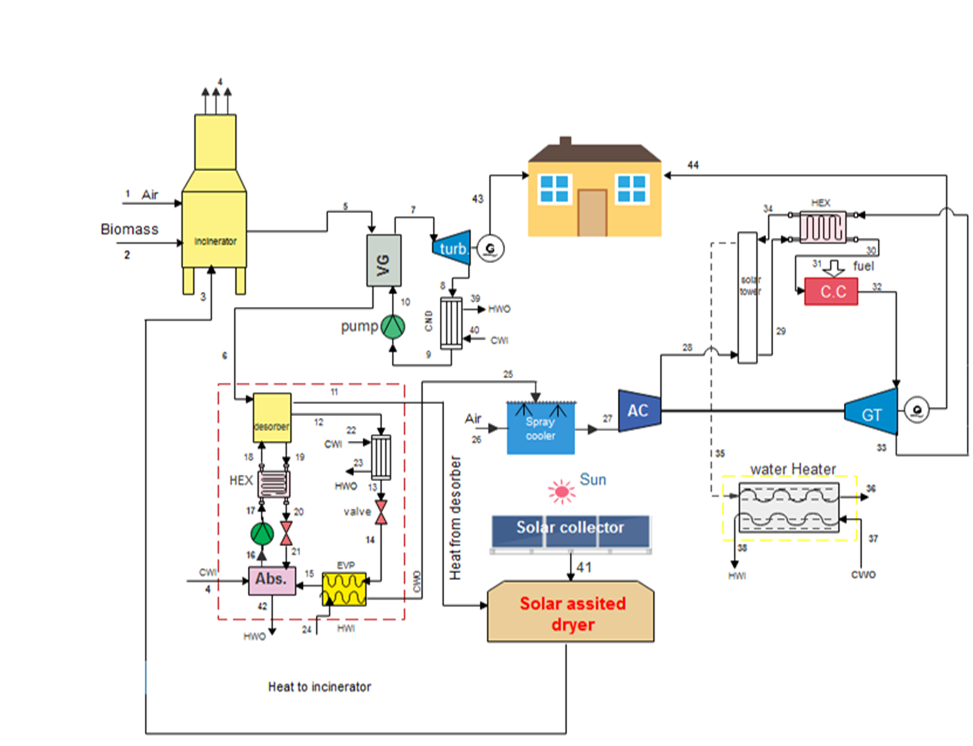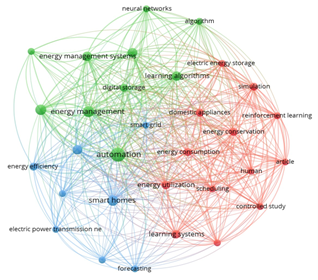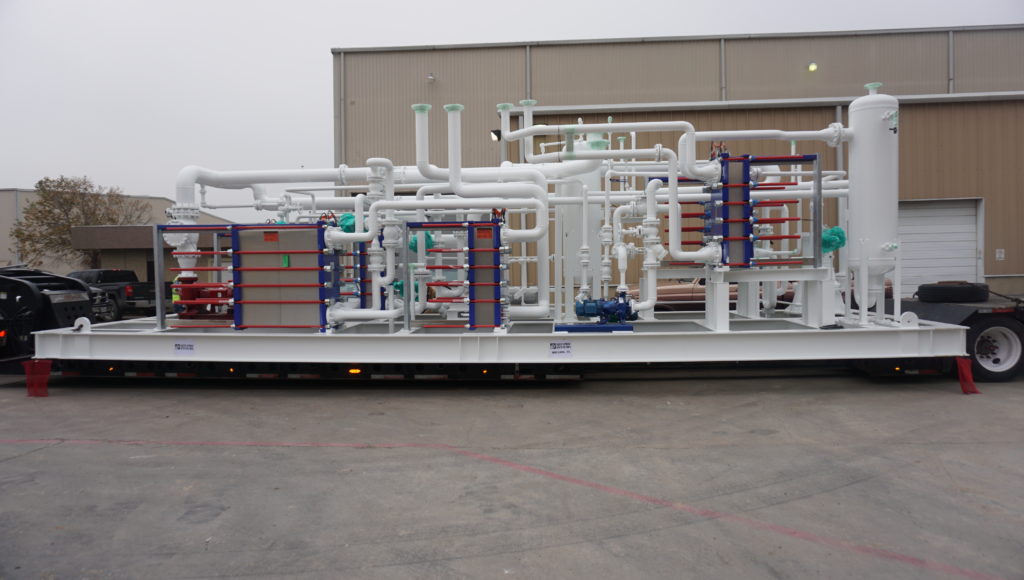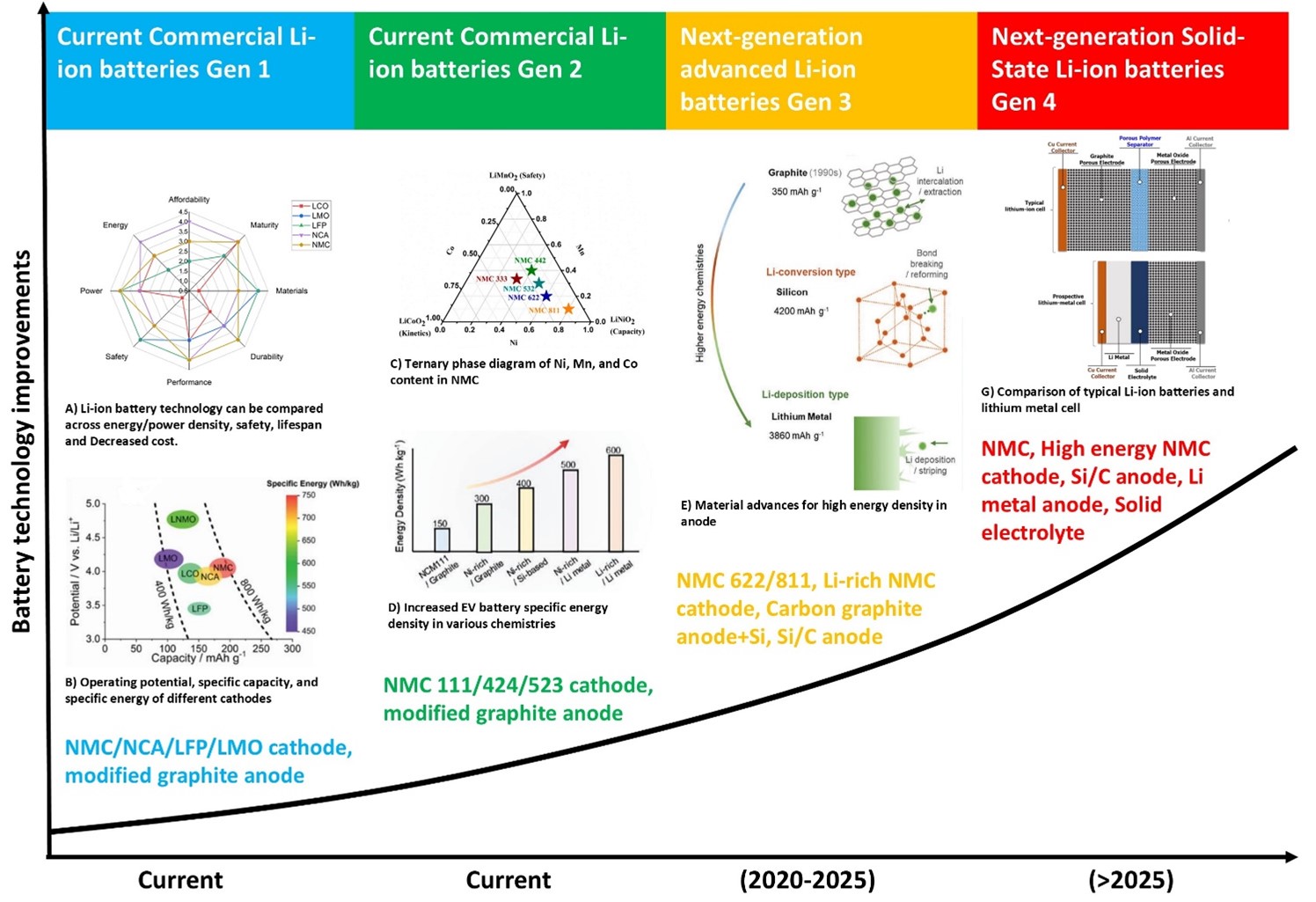Regulatory and standard insights on transboundary CO2 in the context of MRV

Downloads
As transboundary carbon capture, utilisation, and storage (CCUS) projects gain momentum globally, the need for a coherent, robust, and verifiable system for measurement, reporting, and verification (MRV) of cross-border carbon dioxide (CO₂) flows becomes increasingly critical. This paper reviews and synthesises key regulatory frameworks and technical standards, namely, the EU Emissions Trading System (EU ETS), ISO 27914 and ISO 27915, and the Verra VM0049 methodology, to assess their applicability to MRV across the CO₂ capture, transport, and storage chain. The EU ETS, under its 2024 consolidated Implementing Regulation, sets a high benchmark for uncertainty management and data integrity in CO₂ accounting; however, it lacks specific prescriptions for advanced or smart metering technologies. ISO 27914, while focused on geological storage, provides essential guidance for long-term containment and injection site monitoring, relevant to the final stages of the CCS chain. ISO 27915 provides a comprehensive framework for quantifying and verifying GHG emissions and reductions, establishing a direct link between CO₂ flow measurement and emissions reporting. The Verra VM0049 methodology, although designed for voluntary carbon markets, provides comprehensive procedures for quantifying and monitoring emissions across transport and storage stages, with practical relevance to transboundary CO₂ transfers. While none of these instruments independently address all aspects of cross-border CO₂ movement, their combined insights highlight both foundational strengths and critical gaps, such as the absence of unified custody transfer protocols and limited treatment of fugitive emissions in transitional zones. This paper aims to consolidate these insights to inform future MRV frameworks tailored to the unique technical, regulatory, and jurisdictional challenges of transboundary CO₂ flows.
d’Amore, F., Lovisotto, L., Bezzo, F., 2020. Introducing social acceptance into the design of CCS supply chains: a case study at a European level. J. Cleaner Prod. 249, 119–337. https://doi.org/10.1016/j.jclepro.2019.119337
Zhang, D., Alhorr, Y., Elsarrag, E., Marafia, AH., Lettieri, P., Papageorgiou, LG., 2017. Fair design of CCS infrastructure for power plants in Qatar under carbon trading scheme. Int. J. Greenhouse Gas Control 56, 43–54. https://doi.org/10.1016/j.ijggc.2016.11.014
Bui, M., Adjiman, CS., Bardow, A., Anthony, EJ., Boston, A., Brown, S., Fennell, PS., Fuss, S., Galindo, A., Hackett, LA., Hallett, JP., Herzog, HJ., Jackson, G., Kemper, J., Krevor, S., Maitland, GC., Matuszewski, M., Metcalfe, IS., Petit, C., Puxty, G., Reimer, J., Reiner, DM., Rubin, ES., Scott, SA., Shah, N., Smit, B., Trusler, JPM., Webley, P., Wilcox, J., Dowell, NM., 2018. Carbon capture and storage (CCS): the way forward. Energy Environ. Sci. 11, 1062–1076. https://doi.org/10.1039/C7EE02342A
Sun, L., Chen, W., 2017. Development and application of a multi-stage CCUS source-sink matching model. Appl. Energy 185, 1424–1432. https://doi.org/10.1016/j.apenergy.2016.01.009
IPCC, 2005. Carbon Dioxide Capture and Storage. https://www.ipcc.ch/report/carbon-dioxide-capture-and-storage/
IEA, 2020. CCUS in Clean Energy Transitions. https://www.iea.org/reports/ccus-in-clean-energy-transitions
IEA, 2023. Carbon Capture Utilisation and Storage. https://www.iea.org/energy-system/carbon-capture-utilisation-and-storage
Dixon T, Leamon G, Zakkourc P, Warren L., 2013. CCS projects as Kyoto Protocol CDM activities. Energy Procedia. 37, 7596-7604. https://doi.org/10.1016/j.egypro.2013.06.704
Scott, V., Gilfillan, S., Markusson, N., Chalmers, H., Stuart Haszeldine, R., 2013. Last chance for carbon capture and storage. Nature Clim. Change 3, 105–111. https://doi.org/10.1038/nclimate1695
Bassi, S., Boyd, R., Buckle, S., Fennell, P., Dowell, NM., Makuch, Z., Staffell, I., 2015. Bridging the gap: improving the economic and policy framework for carbon capture and storage in the European Union. Available at: https://www.cccep.ac.uk/wp-cont ent/uploads/2015/10/GRI_LSE_CCS_web.pdf.
Anderson, S., Newell, R., 2004. Prospects for carbon capture and storage technologies. Annu. Rev. Environ. Resour. 29, 109–142. https://doi.org/10.1146/annurev.energy.29.082703.145619
Asian Development Bank (ADB), 2015. Roadmap for carbon capture and storage demonstration and deployment in the People’s Republic of China. Available at: https://www.adb.org/sites/default/files/publication/175347/roadmap-ccs-prc.pdf
Roettereng, J-KS., 2014. The foreign policy of carbon sinks: carbon capture and storage as foreign policy in Norway. Energy Procedia 63, 6927–6944. https://doi.org/10.1016/j.egypro.2014.11.727
Gibbins, J., Chalmers, H., 2008. Carbon capture and storage. Energy Policy 36, 4317–4322. https://doi.org/10.1016/j.enpol.2008.09.058
Li, Q., Chen, ZA., Zhang, J-T., Liu, L-C., Li, XC., Jia, L., 2016. Positioning and revision of CCUS technology development in China. Int. J. Greenhouse Gas Control 46, 282–293. https://doi.org/10.1016/j.ijggc.2015.02.024
Rodrigues, CFA., Dinis, MAP., de Sousa, MJL., 2015. Review of European energy policies regarding the recent “carbon capture, utilization and storage” technologies scenario and the role of coal seams. Environ. Earth Sci. 74, 2553–2561. https://doi.org/10.1007/s12665-015-4275-0
Boot-Handford, ME., Abanades, JC., Anthony, EJ., Blunt, MJ., Brandani, S., Dowell, NM., Fernandez, JR., Ferrari, MC., Gross, R., Hallett, JP., Haszeldine, RS., Heptonstall, P., Lyngfelt, A., Makuch, Z., Mangano, E., Porter, RTJ., Pourkashanian, M., Rochelle, GT., Shah, N., Yao, JG., Fennell, PS., 2014. Carbon capture and storage update. Energy Environ. Sci. 7, 130. https://doi.org/10.1039/C3EE42350F
Todd, AC, 2011. CCS – A multidisciplinary global activity for a global challenge. Chem. Eng. Res. Des. 89, 1443–1445. https://ui.adsabs.harvard.edu/link_gateway/2011CERD...89.1443T/doi:10.1016/j.cherd.2011.04.018
IOGP, 2022. Global CCUS projects Overview of existing and planned CCUS facilities. https://www.iogp.org/bookstore/wp-content/uploads/sites/2/woocommerce_uploads/2020/03/GRA002_220131.pdf
Kearns J, Teletzke G, Palmer J, Thomann H, Kheshgi H, Chen H, Paltsev S and Herzog H., 2017. Developing a Consistent Database for Regional Geologic CO2 Storage Capacity Worldwide. Energy Procedia. 114, 4697-4709. https://doi.org/10.1016/j.egypro.2017.03.1603
Dixon T, Garrett J, Kleverlaan E., 2014. Update on the London Protocol Developments on Transboundary CCS and on Geoengineering. Energy Procedia. 63, 6623-6628. https://doi.org/10.1016/j.egypro.2014.11.698
Dixon, T., McCoy, ST., Havercroft, I., 2015. Legal and regulatory developments on CCS. Int. J. Greenhouse Gas Control 40, 431–448. https://doi.org/10.1016/j.ijggc.2015.05.024
Severinsen, G., 2014. Constructing a legal framework for carbon capture and storage in New Zealand: approaches to legislative design. Energy Procedia 63, 6629–6661. https://doi.org/10.1016/j.egypro.2014.11.699
Jiang, K., Ashworth, P., Zhang, S., Liang, X., Sun, Y., Angus, D., 2020. China’s carbon capture, utilization and storage (CCUS) policy: a critical review. Renewable Sustainable Energy Rev. 119, 109601. https://doi.org/10.1016/j.rser.2019.109601
Rahman, MN., Samsuri, MSHM., 2025. Greenhouse gas inventory mapping: a case study in Malaysia’s solid fuel testing facility. Future Sustainability, 3(1), pp.1-13. http://dx.doi.org/10.55670/fpll.fusus.3.1.1
EU ETS. Monitoring, reporting and verification of EU ETS emissions. https://climate.ec.europa.eu/eu-action/eu-emissions-trading-system-euets/monitoring-reporting-and-verification-eu-ets-emissions_en#documentation
ISO 27914:2017. Carbon dioxide capture, transportation and geological storage — Geological storage. https://www.iso.org/standard/64148.html
ISO/TR 27915:2017. Carbon dioxide capture, transportation and geological storage — Quantification and verification. https://www.iso.org/standard/65981.html
VM0049, 2024. Carbon Capture and Storage. https://verra.org/methodologies/vm0049-carbon-capture-and-storage/
VMD0057, 2024. CO2 Transport for CCS Projects. https://verra.org/methodologies/vmd0057-co2-transport-for-ccs-projects-v1-0/
VMD0058, 2024. CO2 Storage in Saline Aquifers and Depleted Hydrocarbon Reservoirs. https://verra.org/methodologies/vmd0058-co2-storage-in-saline-aquifers-and-depleted-hydrocarbon-reservoirs-v1-0/
European Commission, 2023. Guidance Document: The Monitoring and Reporting Regulation – General guidance for installations. https://climate.ec.europa.eu/document/download/d4f11230-9126-41a8-8c42-6131cd4e742e_en?filename=gd1_guidance_installations_en.pdf















